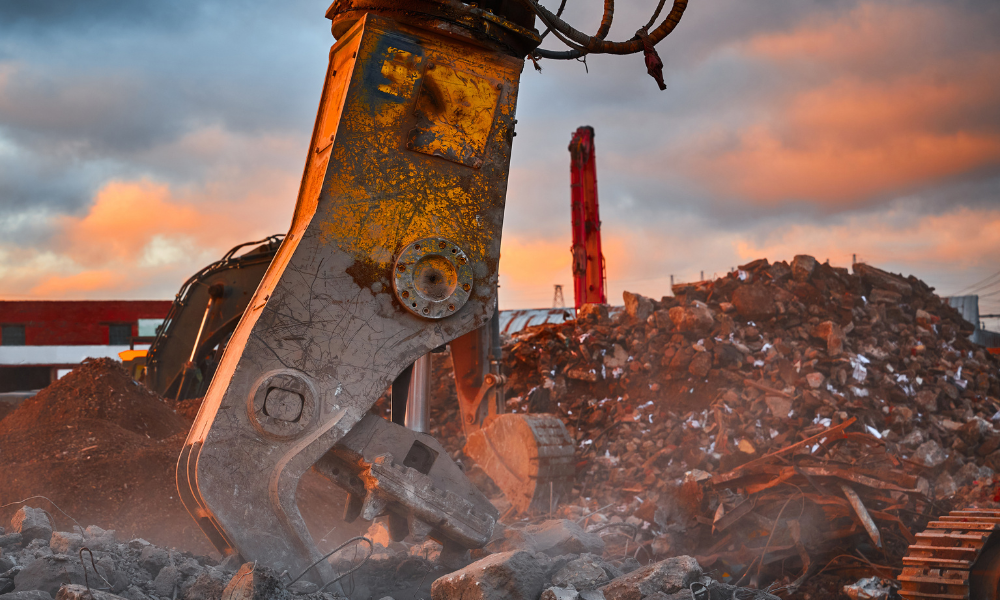Safety director talks about the value of being proactive, a mindset highlighted by company's 'pre-task initiative'

You’d be hard pressed to find a sector with a more diverse culture than that of the casino and gaming world. While managing employee wellbeing and safety in many sectors is very similar, in the entertainment industry it’s a whole other ballgame.
Speaking to COS, Mario Angelucci, director of Health & Safety and Disability Management at Gateway Casinos & Entertainment, says Gateway has grown by acquiring new properties or expanding existing properties, and now the focus is on integrating all sites to adhere to the Gateway Occupational Health and Safety System standards, procedures, and culture. Despite the challenges, he notes that considerable progress has been produced towards this goal over the last three years.
“When you look at building culture, it's definitely something that takes time,” he says. “Because you want to build a living, breathing culture [and also] change safety behaviors, values and thoughts.”
As part of their culture crusade, Angelucci says his team wanted to leverage and promote a specific philosophy – whilst simultaneously using methods to boost engagement and participation.
“We embrace the WSIB Safety Excellence program to bolster commitment, participation, and consultation for all stakeholders,” says Angelucci. “[We’ve also been] deemed a Safety Excellence Company – thereby employees see us driving safety initiatives and getting their involvement. [We’re] pushing top down and bottom up – in other words getting all the stakeholders involved and driving that culture.”
Angelucci also emphasizes the importance of proactive measures, such as addressing near misses and incident reports through training and awareness programs. A key initiative is the “pre-task initiative” aimed at empowering frontline workers to assess hazards and understand procedures before commencing any task.
“We encourage them to stop, think about the hazards, confirm understandings of the procedures, ensure they have the right PPE, verify that they're psychologically ready to perform the task and then commence the task.”
Supervisory roles are equally vital in this comprehensive safety framework, according to Angelucci.
“Safety observations with our supervisors are conducted on a minimum bi-weekly basis," in which supervisors engage actively with employees to walk through tasks, providing coaching and feedback.
However, for excellence to be deemed excellent it must be measured. For Angelucci and his team, that means deploying an arsenal of tech, tactics, and tools.
“We look at bi-weekly pre-tests, observation, and safety talk checklists, analyze the information, and focus on meetings with all stakeholders, including employees, on opportunities for improvement,” he tells COS. “We also measure how that translates into lower hazard incidents, lower near misses, and lower incidents in general. And it's important to communicate through various channels.”
And while Angelucci and his team are hot on any ways to improve and perfect their safety processes, in the casino sector at large there’s a fair few challenges coming down the line in 2024. One significant trend Angelucci highlighted involves the ergonomic risks associated with repetitive tasks, a common issue in casinos where many employees, like dealers, engage in continuous, monotonous activities.
“Ergonomics and what they call musculoskeletal disorders in the workplace are definitely an emerging trend and continue to be an area that's challenging for us,” he tells COS. “You must address these challenges in a collaborative effort. Again, emphasize communication and participate and address the emerging and persistent issues. We need to be proactive and early intervention is key. Let’s understand at that point and do a deep analysis of the job looking at the repetitive features.”
Finally, creating a supportive environment where employees feel comfortable reporting incidents is fundamental. He advocates for the consistent promotion of a culture of engagement and open communication. A critical component toward achieving this environment is to engage everyone, demonstrate our ongoing commitment to continual improvement and that we want them to be part of the solution.





